Christmas lights illuminating streets, trees adorned with glittering ornaments, and carolers singing heartwarming melodies—these are just a few of the Christmas traditions that many of us eagerly anticipate each year. But while these may be customary practices in numerous countries, there’s an expansive world out there with myriad ways of celebrating this festive season.
Every culture, every corner of the globe, has its own unique way of embracing the Yuletide spirit. From midnight masses to gift exchanges, these customs are deeply rooted in history, often spanning centuries. But how did they evolve, and what are the origins of the Christmas traditions we cherish today? As we prepare to celebrate another festive season, let’s embark on a journey to explore some of these captivating customs from around the globe.
10 – Armenia
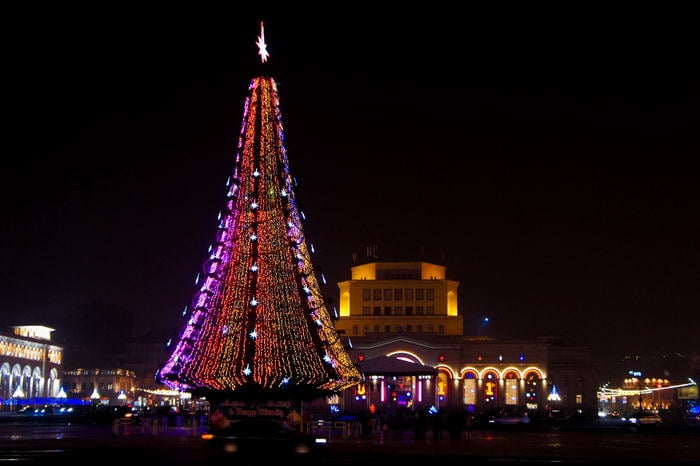
Due to using a slightly different calendar, certain countries only celebrate Christmas in January. One such country is Armenia; 6th January is the date on which the Armenian Apostolic Church holds its festive celebrations. Incidentally, this is also the day that they celebrate the Epiphany, as well as the Baptism of Jesus. Three celebrations falling on one day – what could be better?
09 – Denmark

In Denmark, as in many other European countries, Christmas is usually celebrated on 24th December, when families gather to exchange gifts, decorate the tree and have a celebratory meal. Often, this consists of plates of roasted meats and vegetables.
08 – Czech Republic
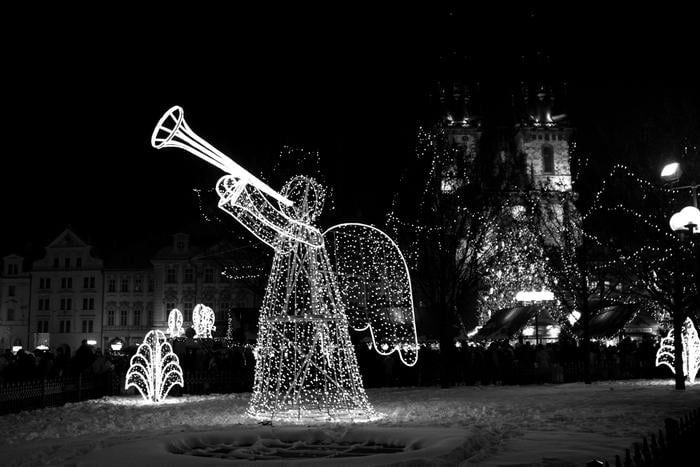
In the Czech Republic, the Christmas celebrations start on 5th December, when children wait for the arrival of Svatý Mikuláš (St. Nicholas). Accompanied by angels and devils, he asks the children to dance or tell a poem, before giving them a few small presents. They give the main presents on Christmas Eve.
07 – Austria

06 – Palestine
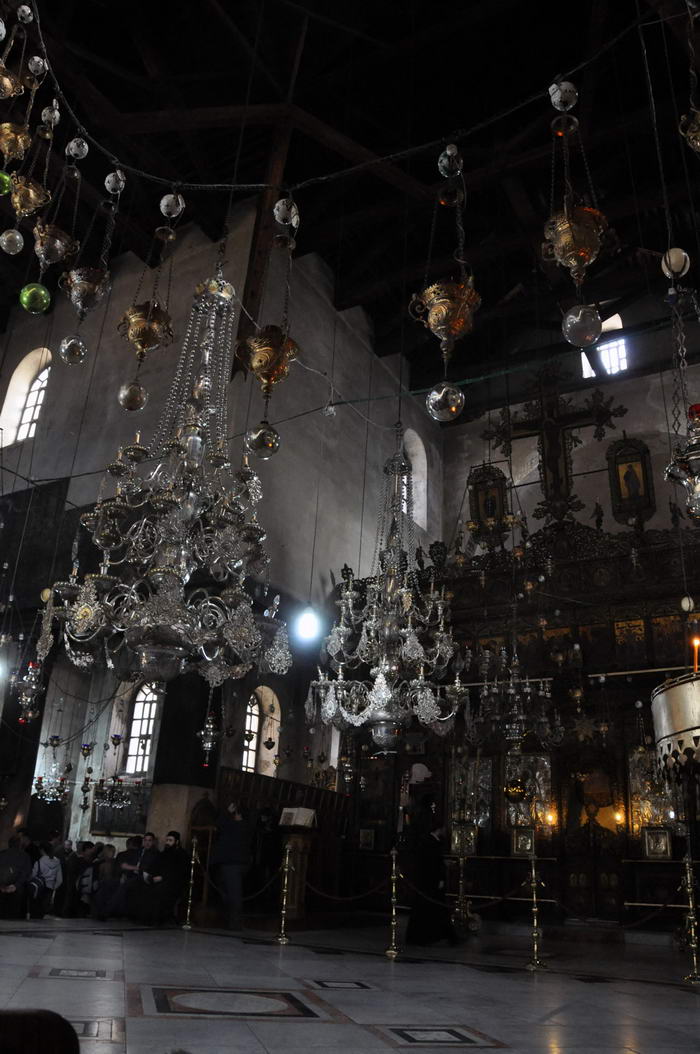
Palestine is the home of Bethlehem, the place where Jesus was supposed to have been born. Of course, this means that Christmas is a very important celebration in Palestine, for both the Christian and Muslim communities. A huge parade and the Christmas Eve Mass are the biggest aspects of the celebrations.
05 – Zambia
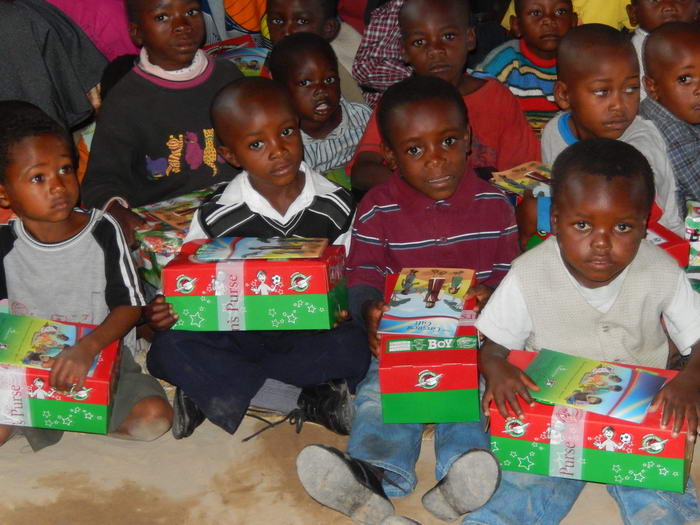
For most of us, Christmas is a celebration to be spent . with family. But in Zambia, it often happens that the families are split up! After a traditional church service on Christmas Day, it is common for all the adults to congregate in one house, while the children go to a different house to continue the celebrations.
04 – China

Only about 1% of people in China celebrate Christmas, but for those that do, one tradition that’s becoming more and more popular is the giving of apples on Christmas Eve. This is because Christmas Eve is called ‘Ping An Ye’ in Chinese (which also translates as ‘silent night’), which sounds very similar to ‘Ping Guo’ – the Chinese word for apple!
03 – Egypt

In Egypt, only about 15% of people celebrate Christmas, and they do so on 7th January. For 43 days in the run-up to Christmas, they fast, eating a diet with no ingredients that are animal-derivatives. This comes to an end on 6th January, when a special Christmas meal is served, before festive parties and family get-togethers the next day.
02 – Japan

In Japan, most people are not Christians. So they don’t celebrate Christmas that much. However, some of the more commercial aspects have made their way over to Japan from the West. 24th December is a much more romantic day than in other parts of the world; in many ways it resembles Valentine’s Day. The next day, December 25th, is not a public holiday, so most people have to go to work instead of celebrating!
01 – Kazakhstan
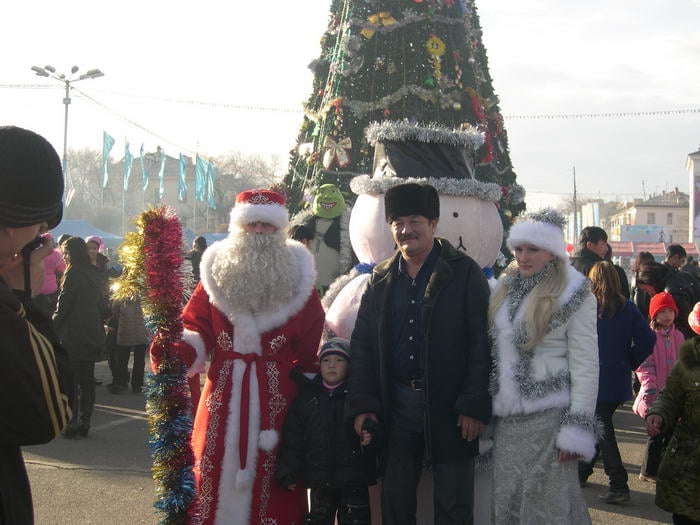
Kazakhstan is a predominantly Muslim country, so Christmas is not widely celebrated. However, the new year is one of the biggest celebrations in the Kazakhstani calendar, with many festivities bearing a huge resemblance to Christian Christmas ones! They decorate trees, exchange gifts, and there is even a ‘Father Frost’. Their new year celebrations are very similar to Christmas, but without any of the religious connotations!
The Beginnings of Christmas Traditions: A Historical Dive
The origins of Christmas traditions are as varied as the cultures that celebrate them. Early Christians in Rome began celebrating the birth of Jesus on December 25, a date that coincided with the pagan festival of Saturnalia. This overlap was likely intentional, aimed at blending Christian and pagan practices.
The tradition of exchanging gifts traces back to the Three Wise Men who presented gifts to the infant Jesus. But it also has roots in Roman and Celtic customs. The iconic Christmas tree, which graces homes worldwide today, finds its origins in Germany. It was Martin Luther, in the 16th century, who first adorned a tree with candles, symbolizing stars shining over Bethlehem.
Stockings by the fireplace? Thank the Dutch for that. Children in the Netherlands would leave shoes out for St. Nicholas, hoping they’d be filled with treats. As this tradition traveled to America, shoes became stockings.
And who could forget the festive feasts? From the British roast turkey to the Italian Seven Fishes, these culinary traditions have been influenced by regional produce and historical events.
In essence, the beauty of Christmas traditions lies in their rich tapestry of histories, seamlessly blending religious narratives with local customs, ensuring that the spirit of Christmas is celebrated diversely, yet universally.
Honorable Mentions for Christmas Traditions from Around the World
Christmas, a global festival celebrated with great zeal and fervor, has a unique flavor in every corner of the world. While many countries share common practices, such as decorating Christmas trees or exchanging gifts, each region has its own distinctive way of marking this joyful occasion. The beauty of these traditions lies in their diversity and the stories they tell of local cultures, histories, and beliefs.
In our quest to uncover the most fascinating Christmas traditions, we stumbled upon several that truly captivated our hearts. These may not make the mainstream lists, but they carry a special charm that deserves recognition. From symbolic rituals to whimsical practices, these traditions reflect the spirit of the season in the most authentic way. They remind us that Christmas is not just about grandeur, but also about heartfelt gestures, community, and shared stories.
Below, we’ve spotlighted a few such traditions. Dive in and explore the rich tapestry of global Christmas celebrations that continue to enchant, inspire, and bring people closer together.
The Gävle Goat of Sweden
In the heart of Sweden, amidst the snowy landscapes and icy lakes, a unique Christmas tradition comes to life every December in the town of Gävle.
It’s called the Gävle Goat, a massive straw figure that has been erected in the town’s main square since 1966. But this isn’t just a display of art or festive decoration. The goat has an uncanny tendency to attract local pranksters, many of whom make brazen attempts to set it ablaze. Surprisingly, these fiery endeavors have turned into an anticipated annual event, almost as eagerly awaited as the erection of the goat itself. Beyond the fiery pranks, this tradition pays homage to Sweden’s deep agricultural roots and the age-old celebrations of the winter solstice.
Las Posadas in Mexico
The streets of Mexico come alive with color, music, and spiritual fervor every December, marking the beginning of “Las Posadas”.
Spanning nine days leading up to Christmas Eve, this tradition re-enacts Mary and Joseph’s arduous search for shelter in Bethlehem. Participants, often dressed as the biblical couple, move from house to house, singing carols and being dramatically turned away, symbolizing the challenges faced by Mary and Joseph. The climax occurs when they’re finally offered refuge, leading to joyous celebrations. This is no mere play-acting; it’s a fervent show of community and faith. With delicious food, vibrant piñatas, and the echoing laughter of children, Las Posadas captures the heart and soul of Mexican Christmas traditions.
Spider Webs in Ukrainian Trees
In Ukraine, it’s not just baubles, stars, or tinsel that adorn Christmas trees; spider webs are a cherished part of their festive decor.
This tradition traces back to a folk tale about a poor family who couldn’t afford to decorate their tree. On Christmas morning, they discovered that spiders had spun shimmering webs all over it, turning the tree into a golden spectacle. The story symbolizes hope and the idea that magic can spring from the most unexpected sources. Today, many Ukrainians embellish their trees with artificial spider webs, hoping for luck and blessings in the forthcoming year. In a season marked by conventional Christmas traditions, Ukraine’s stands out, weaving tales of wonder and magic


